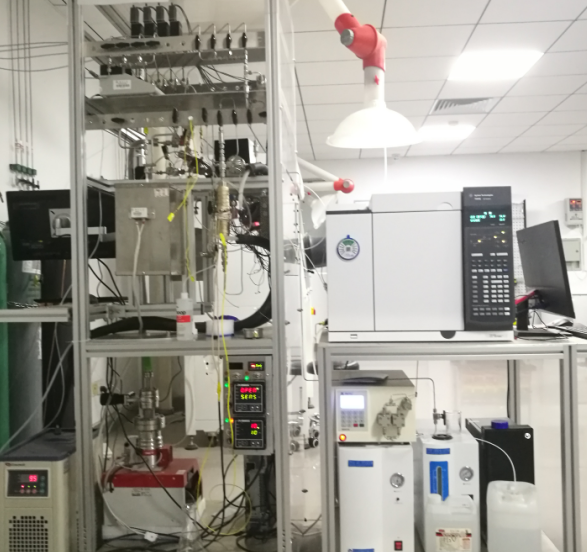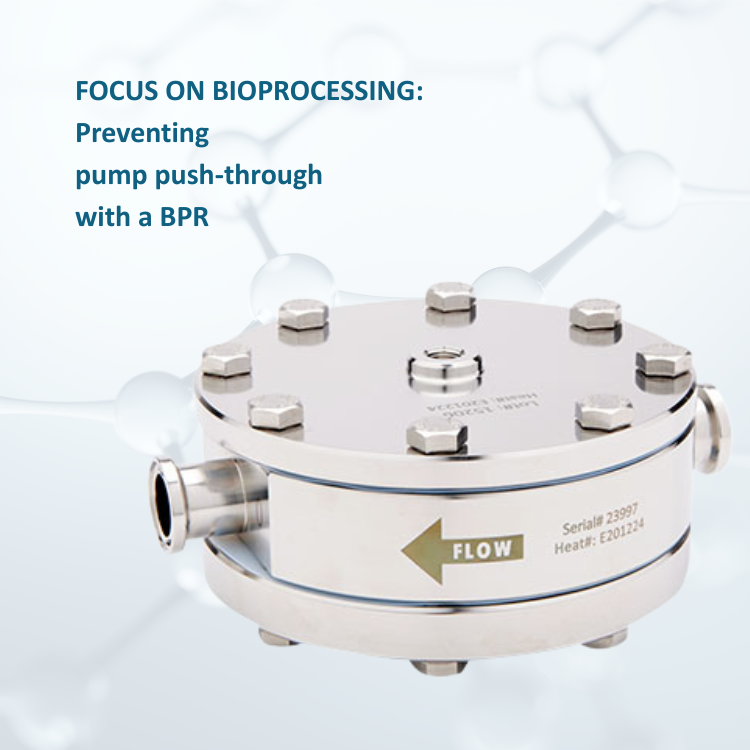Hydrogen Peroxide (H2O2) is used throughout the chemical industry as an environmentally friendly oxidizing agent. Unfortunately, the most common method for its production requires significant energy consumption and also generates waste. Direct Synthesis is a newer process being explored to produce hydrogen peroxide more sustainably and economically.
Dr. Weifeng Tu and his team are researching Direct Synthesis of hydrogen peroxide at Zhengzhou University in China. Consistent and precise pressure control is extremely important to Dr. Tu’s research, and his team recently worked with Equilibar to find a pressure control solution that would perform better than traditional methods.
The Direct Synthesis reaction is usually carried out on supported catalysts in liquid solvent at temperatures ranging between 263 K to 293 K and pressures ranging from atmosphere to 10 MPa. Several aspects of Direct Synthesis remain unclear, including the reaction pathway, identity of active sites, and their catalytic consequences during O2 hydrogenation to hydrogen peroxide. One of the goals of Dr. Tu’s research is to measure changes in the selectivity of the reaction toward the formation of hydrogen peroxide. Unstable total pressure of the reaction may cause significant noise in rate and selectivity measurements, which is why precise and consistent pressure control are extremely important.
Dr. Tu’s research team had been using a traditional spring-loaded back pressure regulator, but the upstream pressure would typically increase with increasing flow rate of gas reactants. Additionally, the liquid solvent caused significant noise in the pressure of the reaction, resulting in imprecise data.
To solve this problem, Equilibar application engineers recommended a stainless steel LF1 regulator with Kalrez® O-rings and stainless steel diaphragm for Dr. Tu’s reactor. The LF1 is part of Equilibar’s Research Series back pressure regulators, which are specifically designed for a variety of gas, liquid and mixed phase applications where precision performance is key, especially during wide variations in flow rates.
The Equilibar® LF1 regulator, with its domeloaded multiple orifice design and sensitive diaphragm, can maintain constant reaction pressure despite changing flow rates.
It resulted in substantially improved pressure control for Dr. Tu’s research.
For more specific details, schematics and photos, read the full case study or contact an Equilibar applications engineer.



